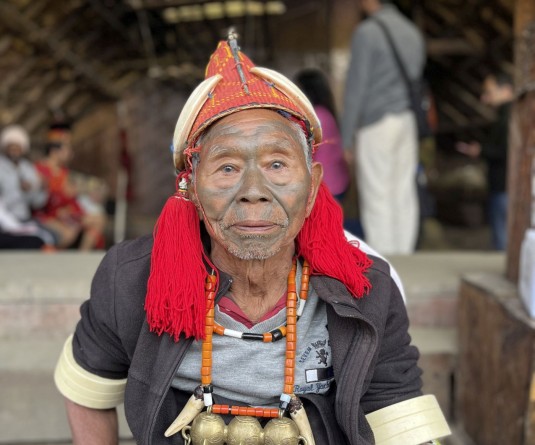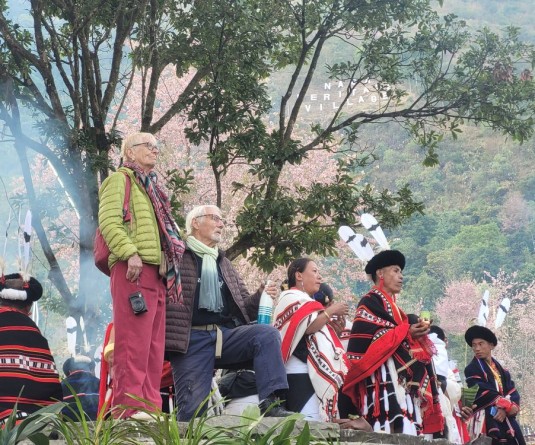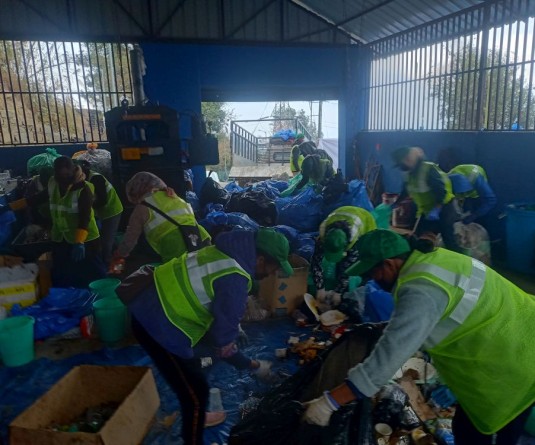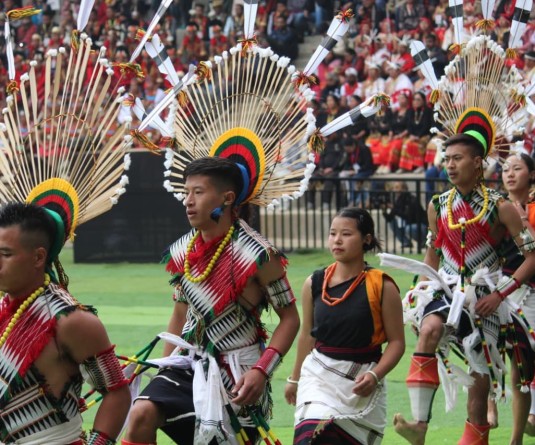1
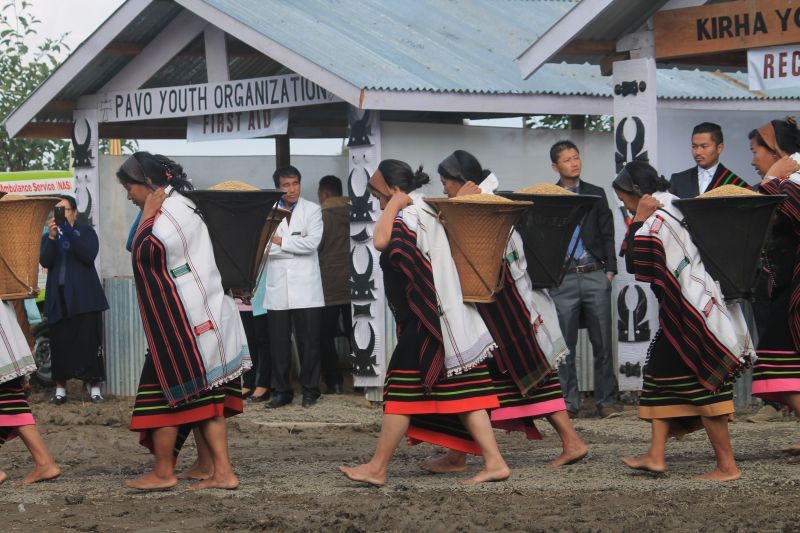
Economic participation of women in the rural sector is significantly more compared to their participation in the urban sector. (Morung Photo)
52.3% participation in rural sector compared to 25.9% in urban sector
Our Correspondent
Kohima | March 1
Women’s participation in economic activity is more in the rural sector in Nagaland, according to Annual Administrative Report 2019-2020 of Economics & Statistics, Nagaland tabled in the recently concluded state assembly session.
Citing data from the Census 2011, the report informed that women participation in the rural sector is 52.3% compared to urban sector which has only 25.9%.
Overall, workforce participation rate for women is 44.7 % against 53.4 % for men in Nagaland.
The report also observed that there is a huge gap in rural and urban female work force participation.
The percentage of female cultivators (65.2%) and agricultural labourer (7.3%) is more than their counterpart male cultivators (47.4 %) and male agricultural labourer (5.8%).
On the other hand, women have less percentage of workers (24.4%) in the 'other workers' category as compared to men (45%).
As per 6th Economic Census 2013 of the Directorate of Economics and Statistics, women employees engaged in non agricultural activities comprised of 33.23 % and male employees comprised of 66.77 %.
During 2016-17, the percentage of female employment in the public sector constituted 23.70% of the total employment whereas in the private sector it constituted 51.80 % of the total employment.
During 2017, total female government employees comprised of 30.35% whereas male government employees comprised of 69.65%.
Literacy and education
The report also noted that female literacy rate has increased from 61.50% during 2001 to 76.11% during 2011.
Mokokchung district has the highest female literacy rate of 91% while Kiphire district has the lowest female literacy rate of 64% indicating urgent government intervention to check the imbalance in the female literacy rate.
During 2017-18, the Gross Enrolment Ratio (GER) of female to male at the primary level, upper primary, elementary, secondary and higher secondary was reported at 103: 102, 72:70, 90:89, 64:60 and 30:28 respectively.
Dimapur and Kohima had the highest GER while the districts of Wokha and Tunesang had the lowest GER.
The report stated that the female drop-out rates in the primary, upper primary and elementary levels during the year 2017-18 were 3.81%, 3.24% and 3.62% as compared to male dropout rate of 4.46%, 3.46% and 4.12% respectively in the same categories.
Zunheboto, Peren and Longleng had the lowest number of dropouts, while Kiphire, Mon and Dimapur districts had the highest dropout rate.
Participation in decision making
The report also found that female participation (Voters) in State General Elections has increased from 8 0.51 % during the 2nd General Election in 1969 to 91.33 % during the 12th General Election in 2013.
There were only two female contestants in the 2nd general election to the state assembly in 1969. However, there were 5 female contestants during 13th general election 2018.
It may however be noted that till date no female contestants had been elected to the state assembly.
In the Lok Sabha General Election, two women contested in the 6th and 7th General Elections during 1977 and 1980, with one elected during 1977.


